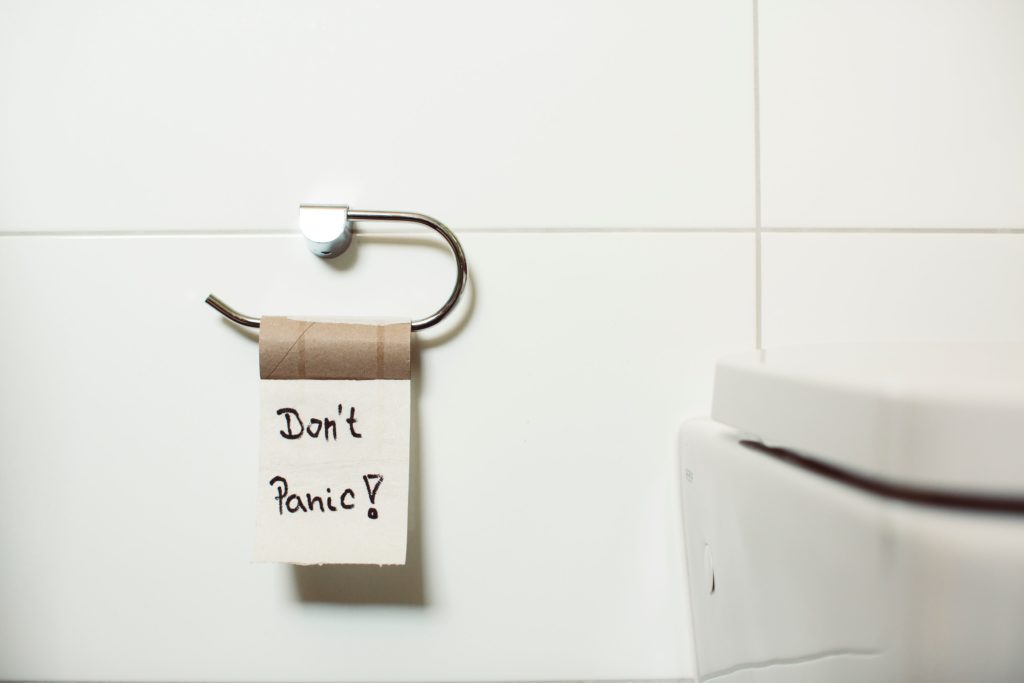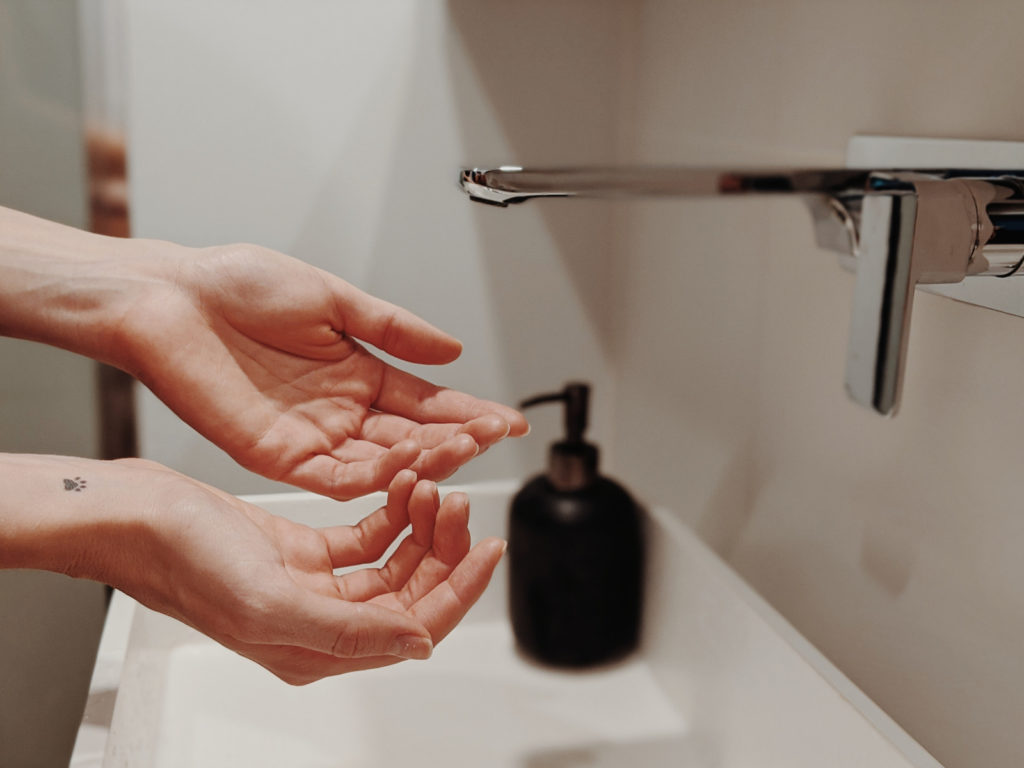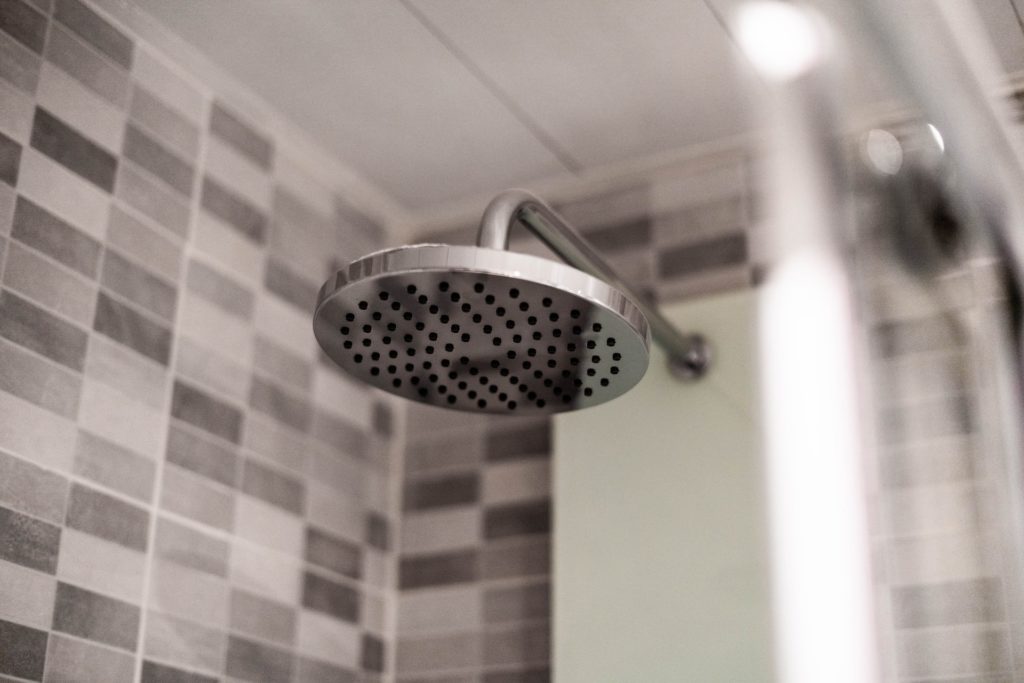To say it’s tough to find a tradesperson right now is putting it mildly. Firstly, the millions of extra folk working from home right is placing added strain on their property’s plumbing and drainage systems. Just think, all those additional boiling kettles, flushed toilets, and long, languid soaks in the bath. Secondly, there has been a shortage of both plumbers and electricians since the Brexit vote, with many returning to their home country following that fateful day in 2016.
Combine this with a recent report that an army of plumbers is needed to slash home heating emissions in the UK, and, suddenly, we can feel ourselves rolling up our sleeves, firing up a YouTube ‘how to’ video, and preparing to get our hands dirty.
Before you do fire up that video, you might find what you’re looking for here, with these 5 common lockdown plumbing problems and how to fix them.
My Toilet’s Not Flushing
The most common cause of a failing toilet is a blockage. Whether that’s been caused by coffee granules disposed of irresponsibly, a particularly big deposit, or some other reason you’d like to keep discrete, the good news is that this is an issue which can usually be fixed using a plunger or auger.
A turned off valve or damaged flapper are the other main reasons for poorly flushing toilets. Fortunately, these involve easy DIY repairs that you can do yourself; check out this useful step by step guide from Instructables to see how.
Disconnected lift chains are a further reason why a toilet might not be flushing properly; just adjust its length then reattach to see if it makes a difference. Your overflow tube may also be cracked but these can be replaced cheaply and easily, too.

My Sink & Toilet Water Is Draining So Slowly
Toilets that won’t flush at all are usually caused by paper or waste caught up in the trap, after an overzealous wiping session got way out of hand. Sometimes, a plunger or auger is all that’s needed to get it flowing again. However, for large blockages or pipework challenging to access, you’re better off calling in a drainage expert.
Sinks often get clogged with grease or hair. Strong drain cleaner can often fix this, but if this doesn’t work, however, we’re sorry to say a callout to your local drainage expert is best practice. In some situations, the use of pipe-to-tube adapters can simplify connections and improve flow, making it easier for professionals to address and prevent future clogs.
My Taps Won’t Turn On
Start by checking the water supply by ensuring the shut off valve is fully open. If this doesn’t remedy the problem, disconnect the hoses from both taps and turn the tap. As valve suppliers XHVAL, who offer customised valve fittings, tell us, a strong flow indicates that the problem lies with the fixture itself.
On the flip side, if there’s no flow, the pipework is to blame. Low pressure can be caused by a closed valve in another location or the buildup of mineral deposits. These commonly build up in the tap’s aerator. Soak overnight in white vinegar, and this should fix it.

My Shower Isn’t Working
Common problems with electrical showers include button faults, dodgy electrical contacts or broken electrical elements. Unfortunately for your DIY efforts, a plumber is best equipped to repair all of these faults, since the mixture of electricity and water can be lethal when in the wrong hands. As such, if you notice a burning smell with your electrical shower, isolate it at the mains board and call an electrician and plumber ASAP.
That said, there are a couple of DIY fixes you could try before resigning yourself to a callout. Firstly, if the water from your shower is tepid, then you could invest in a new pull cord switch, which are available on Amazon from around £50 and fairly simple to install.
Should your issue be causing fluctuating water temperatures, then check that the mains valve is fully open (it being partially closed is a common cause of that much feared, unannounced switch from scalding hot to bracingly cold and back again).
Finally, if you’re not getting any water at all, there could be a problem with your shower’s solenoid valve. The good news is that you can replace the coil to this valve yourself.

There Are Leaks Around My Bath & Shower
There are fewer worse sights than a leak; it demands immediate attention yet you know finding the root cause won’t be simple. It’s insistent and unrelenting, yet insidious, too. Perhaps it even reminds you of the slow, inevitable march towards the end. Okay, maybe we went a bit far there, but you get the picture. Who loves leaks, hey? Not us.
Anyway, the most common causes of leaks around baths and showers are faulty mortar grout lines or caulking. When the water from your bath or shower enters these spaces, it can cause damage to wall cavities, resulting in some hefty renovations being needed. To prevent this from happening, regularly inspect grout lines and caulk, regrouting and recaulking when required. Prevention is better than cure, after all.





